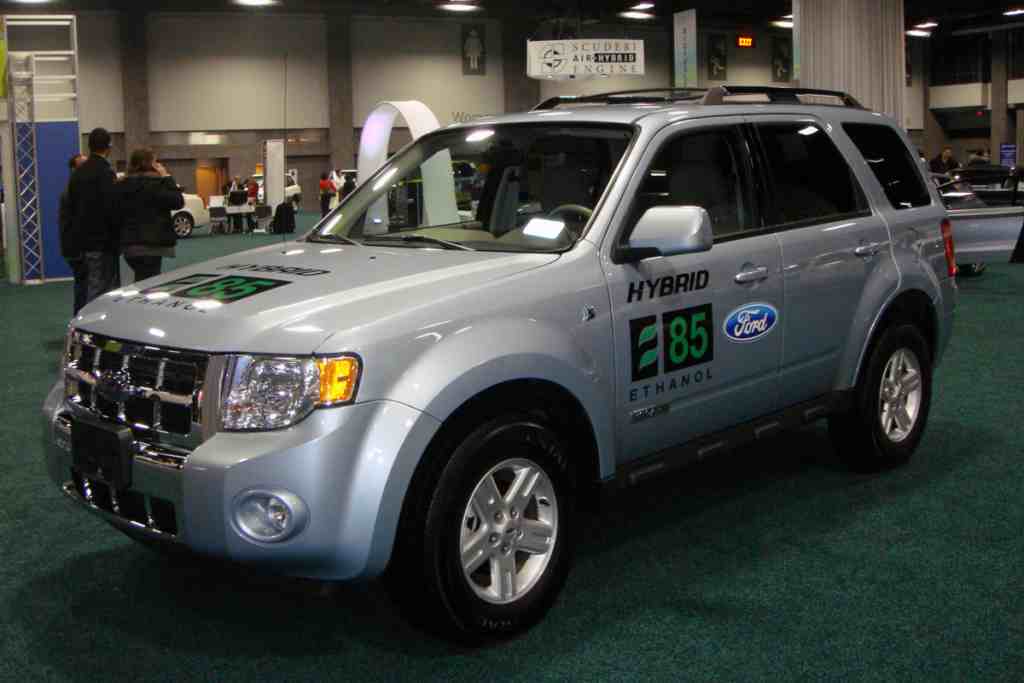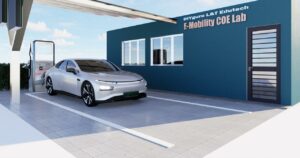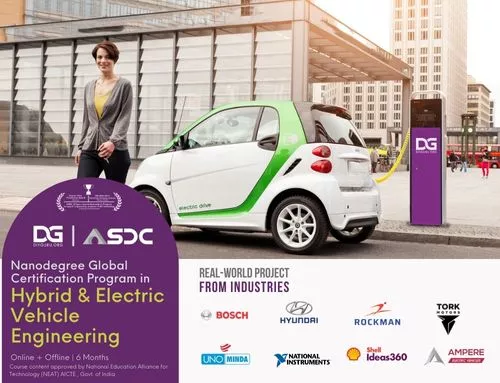Introduction:
Hybrid vehicles have been around for a while now, and they come in different types. Two of the most popular types of hybrid vehicles are the full hybrid and the self-charging hybrid, also known as a hybrid electric vehicle (HEV). In this blog post, we will explore the definitions, working principles, advantages, and disadvantages of full hybrid and self-charging hybrid vehicles.
What is a Full Hybrid Vehicle?

A full hybrid vehicle is a type of hybrid vehicle that uses both an electric motor and an internal combustion engine (ICE) to power the drivetrain. Full hybrid vehicles can operate in electric-only mode, ICE-only mode, or a combination of both.
How does a Full Hybrid Vehicle Work?

Full hybrid vehicles work by using the electric motor and ICE to power the vehicle’s drivetrain. The electric motor is powered by a battery that is charged by regenerative braking or the ICE. The ICE can also power the vehicle directly, or it can be used to charge the battery. The vehicle’s computer system determines when to switch between the electric motor and the ICE based on driving conditions and battery charge level.
Advantages of Full Hybrid Vehicles:
- Better Fuel Efficiency – Full hybrid vehicles are more fuel-efficient than traditional ICE vehicles because they can operate in electric-only mode, reducing the amount of fuel consumed.
- Reduced Emissions – Full hybrid vehicles produce fewer emissions than traditional ICE vehicles, making them more environmentally friendly.
- Regenerative Braking – Full hybrid vehicles use regenerative braking to charge the battery, reducing the amount of energy lost during braking.
- Improved Performance – Full hybrid vehicles offer improved performance and acceleration over traditional ICE vehicles.
Disadvantages of Full Hybrid Vehicles:
- High Cost – Full hybrid vehicles are generally more expensive than traditional ICE vehicles due to their more complex drivetrain systems.
- Limited Electric Range – Full hybrid vehicles have a limited electric range, which means they still rely on the ICE for longer trips.
- Heavy Battery – Full hybrid vehicles have a heavy battery, which can reduce the vehicle’s overall performance and handling.
What is a Self-Charging Hybrid Vehicle?

A self-charging hybrid vehicle, also known as a hybrid electric vehicle (HEV), is a type of hybrid vehicle that uses an electric motor and an ICE to power the drivetrain. However, unlike a full hybrid vehicle, a self-charging hybrid does not have the ability to operate in electric-only mode.
How does a Self-Charging Hybrid Vehicle Work?
Self-charging hybrid vehicles work by using the electric motor and ICE to power the vehicle’s drivetrain. The electric motor is powered by a battery that is charged by regenerative braking or the ICE. However, unlike a full hybrid vehicle, the self-charging hybrid cannot operate in electric-only mode. The vehicle’s computer system determines when to switch between the electric motor and the ICE based on driving conditions and battery charge level.
Advantages of Self-Charging Hybrid Vehicles:
- Better Fuel Efficiency – Self-charging hybrid vehicles are more fuel-efficient than traditional ICE vehicles because they can operate in electric-only mode for short periods, reducing the amount of fuel consumed.
- Reduced Emissions – Self-charging hybrid vehicles produce fewer emissions than traditional ICE vehicles, making them more environmentally friendly.
- Regenerative Braking – Self-charging hybrid vehicles use regenerative braking to charge the battery, reducing the amount of energy lost during braking.
- Improved Performance – Self-charging hybrid vehicles offer improved performance and acceleration over traditional ICE vehicles.
Disadvantages of Self-Charging Hybrid Vehicles:
- Limited Electric Range – Self-charging hybrid vehicles have a limited electric range, which means they still rely on the ICE for longer trips.
- Limited Electric Power – Self-charging hybrid vehicles have limited electric power, which means they are not as powerful as full hybrid or all-electric vehicles.
- High Cost – Self-charging hybrid vehicles are generally more expensive than traditional ICE vehicles due to their more complex drivetrain systems.
What is the difference between a hybrid and a self charging hybrid?
Self-charging hybrids are similar to plug-in hybrids, except you don’t charge the battery by plugging the car into a charging source. Instead, the battery is charged every time you brake via regenerative braking.
Conclusion:
Full hybrid and self-charging hybrid vehicles are two popular types of hybrid vehicles that offer improved fuel efficiency, reduced emissions, and improved performance over traditional ICE vehicles. While they have their advantages, they also have their disadvantages, and consumers should carefully consider them before investing in a hybrid vehicle. Ultimately, the choice between a full hybrid and a self-charging hybrid will depend on the individual’s driving needs and preferences.
FAQs:
Q1. What is the difference between a full hybrid and a self-charging hybrid vehicle?
Ans. A full hybrid vehicle can operate in electric-only mode, ICE-only mode, or a combination of both, while a self-charging hybrid vehicle cannot operate in electric-only mode.
Q2. How do hybrid vehicles reduce fuel consumption and emissions?
Ans. Hybrid vehicles reduce fuel consumption and emissions by using an electric motor and battery to power the vehicle, reducing the reliance on the ICE.
Q3. Can hybrid vehicles be charged using an external power source?
Ans. Full hybrid vehicles cannot be charged using an external power source, while some self-charging hybrids can be charged using an external power source.
Q4. What is regenerative braking, and how does it work?
Ans. Regenerative braking is a mechanism that recovers the kinetic energy produced during braking and converts it into electrical energy that can be used to power the vehicle’s electrical components or recharge the battery.
Q5. How do hybrid vehicles switch between the electric motor and ICE?
Ans. Hybrid vehicles use a computer system that determines when to switch between the electric motor and ICE based on driving conditions and battery charge level.
Q6. Are hybrid vehicles more expensive than traditional ICE vehicles?
Ans. Hybrid vehicles are generally more expensive than traditional ICE vehicles due to their more complex drivetrain systems.
Q7. What is the electric range of a hybrid vehicle?
Ans. The electric range of a hybrid vehicle varies depending on the type of hybrid. Full hybrid vehicles have a longer electric range than self-charging hybrids.
Q8. Are hybrid vehicles more powerful than traditional ICE vehicles?
Ans. Hybrid vehicles offer improved performance and acceleration over traditional ICE vehicles, but they may not be as powerful as full electric vehicles.
Q9. Can hybrid vehicles be serviced at traditional auto repair shops?
Ans. Hybrid vehicles require specialized knowledge and equipment, so they should be serviced at certified hybrid repair shops.
Q10. Are hybrid vehicles suitable for long-distance driving?
Ans. Hybrid vehicles are suitable for long-distance driving, but they may require more frequent refueling or recharging stops compared to traditional ICE vehicles.
Q11. How does a full hybrid car work?
Hybrid electric vehicles are powered by an internal combustion engine and one or more electric motors, which uses energy stored in batteries. A hybrid electric vehicle cannot be plugged in to charge the battery.























